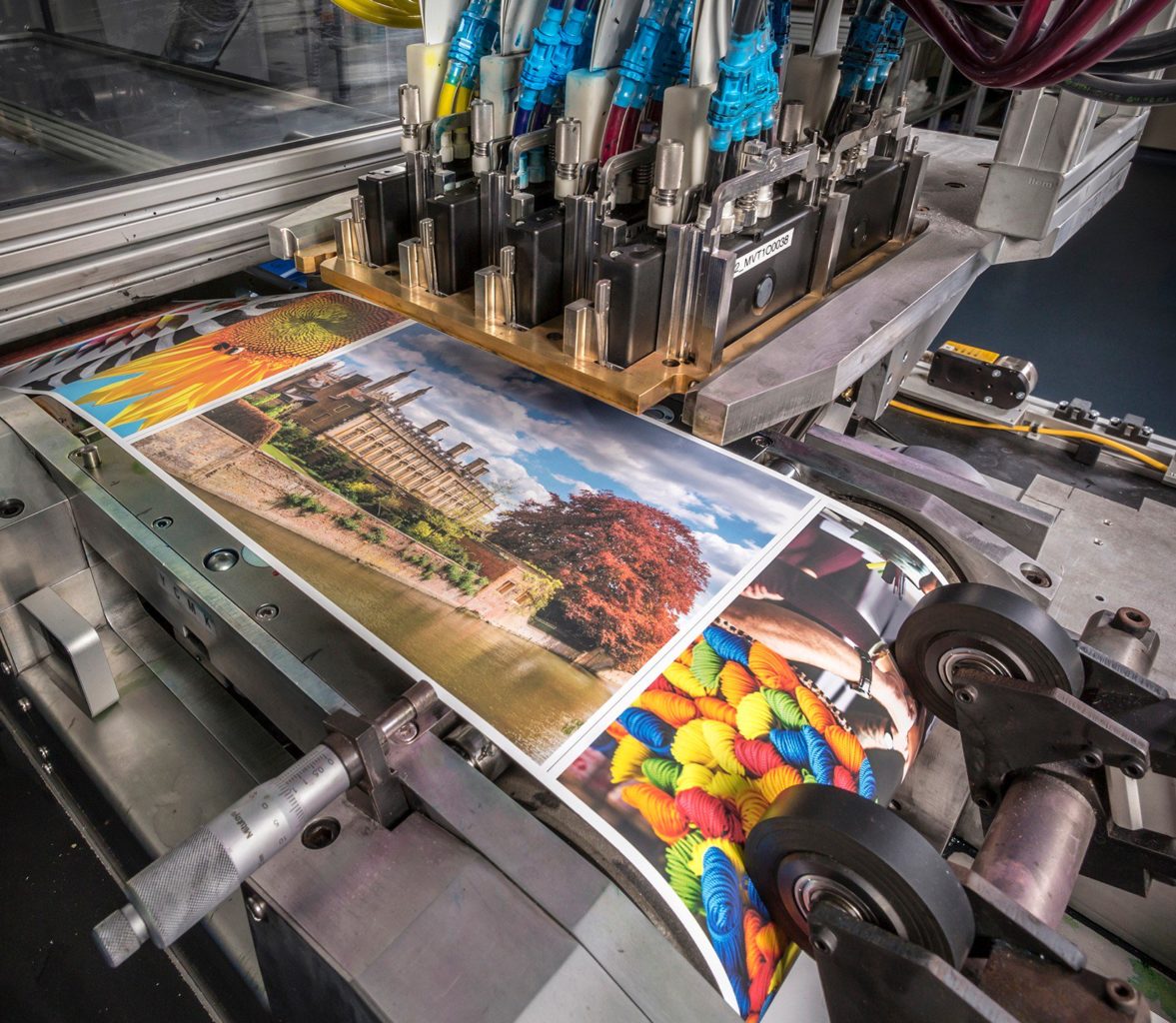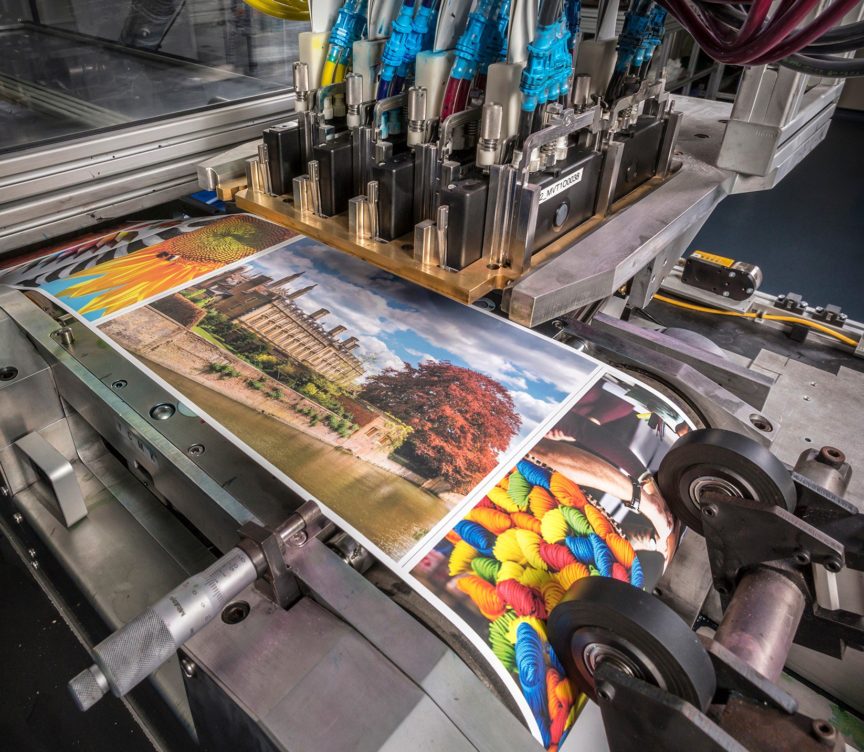Pat McGrew
McGrewGroup Inc.
Commercial printers fall into two groups: those who haven’t adopted inkjet and inkjet technology users. For those who haven’t looked at inkjet technology, the reasons are manifold. It may be that none of the work they do has required variable content, which is a common reason to look at inkjet. Or, they may not have found a compelling reason to add new technology to their print shop. Others say that they have digital capabilities with toner devices. For commercial printers who have adopted inkjet, they may be using printhead modules to add addressing to polybags or direct mail items. Inkjet has been a trusted technology to meet those requirements for decades. The heads may hang off the press or be part of a nearline or offline finishing workflows adding more options for adding tracking codes or variable data. There are also commercial printers who have adopted inkjet web presses or inkjet cut-sheet presses to replace existing print technologies or to augment and expand print capabilities.
For commercial printers without current experience with inkjet technology, there are a host of opportunities worth investigating. Each generation of printhead that comes to market offers access to higher resolution, more speed, and ink formulations that bring wider color gamuts. Today, inkjet offers compelling print quality, extensive substrate support, and wide acceptance by global and local brand owners. It provides support for short-run printing at an appropriate cost and opens the door to new product offerings. For commercial printers with inkjet experience, staying current with inkjet technology is the best way to ensure that print quality, capacity, and capability remain competitive as more printers adopt and expand their inkjet offerings.
For Inkjet Module Users
Inkjet modules provide versatility to many types of commercial print environments. The option to add variable content or add tracking technology can open the door to selling products that are differentiated and sellable at a higher cost. In the last decade, print modules have come to market with higher resolution and with more capabilities that warrant a deeper investigation.

Xaar Printheads in array for full color. (Xaar)
Innovations for this type of inkjet are intriguing. Considering options for adding embellishments or texture? There are inkjet-based solutions to add texture, spot colors, and even security markers using inks that contain biomarkers. Some commercial printers have expanded their product offerings by interleaving full page static offset color with full-page digital inkjet to provide localization, customization and personalization.
Manufacturers like Memjet, Xaar, Epson, Panasonic, HP, Kodak, and others are investing in features to enable new applications, especially with drupa 2020 on the horizon. Supporting inkjet modules are companies like Diversified Nano and Wikoff Digital, providing bespoke ink options for custom colors and jetting onto substrates from paper to flooring.
Commercial printers using inkjet modules should be looking for innovations that expand ink options, expand capacity with speed, and enable new product offerings, but always with caution. Adding new capabilities should be done after an assessment of current capabilities and a review of customer requests and input from sales and marketing to ensure that money spent on innovative options will drive new revenues or expand margins.
For Inkjet Press Users
Inkjet web presses and cut-sheet presses provide a range of product options for commercial printers. With the right choice of press, it is possible to move some work off of an analog press, while other work might start on an analog press and move to digital for shorter runs. New work might come directly to a digital press platform, expanding the product offerings. In all cases, inkjet presses want to run, so filling them to capacity is always the goal.
As you review the new products and features available in the market today, consider things like speed and resolution. Speed expands capacity, but perhaps you don’t want to pay for that. Higher resolution can expand the types of work that can be produced, but it is important to consider how ink estimations will impact print costs and ensure that estimating programs are updated to account for ink use. Each dial and knob you turn can open new value options, but also requires infrastructure programs to be updated to ensure that maximum margin is captured.
Today, some inkjet presses provide automated color management and control, but recommendation engines are still not generally in place to recommend the best speed, best resolution, best profile, or best dryer settings based on the job characteristics and paper selection. As these innovations come to market, these are worth serious consideration. Also, review announcements covering ink characteristics and options. Options for deeper blacks and head expansion that permits the addition of gamut expanding colors will be innovations worth considering.
Final Thoughts
Inkjet can provide operational options to optimize production, put not every print shop needs every type of inkjet. Begin with an assessment of the type of work currently in production with a view to types of work that could be added to expand what can be sold. Inkjet is a great technology to augment and expand any commercial business.

